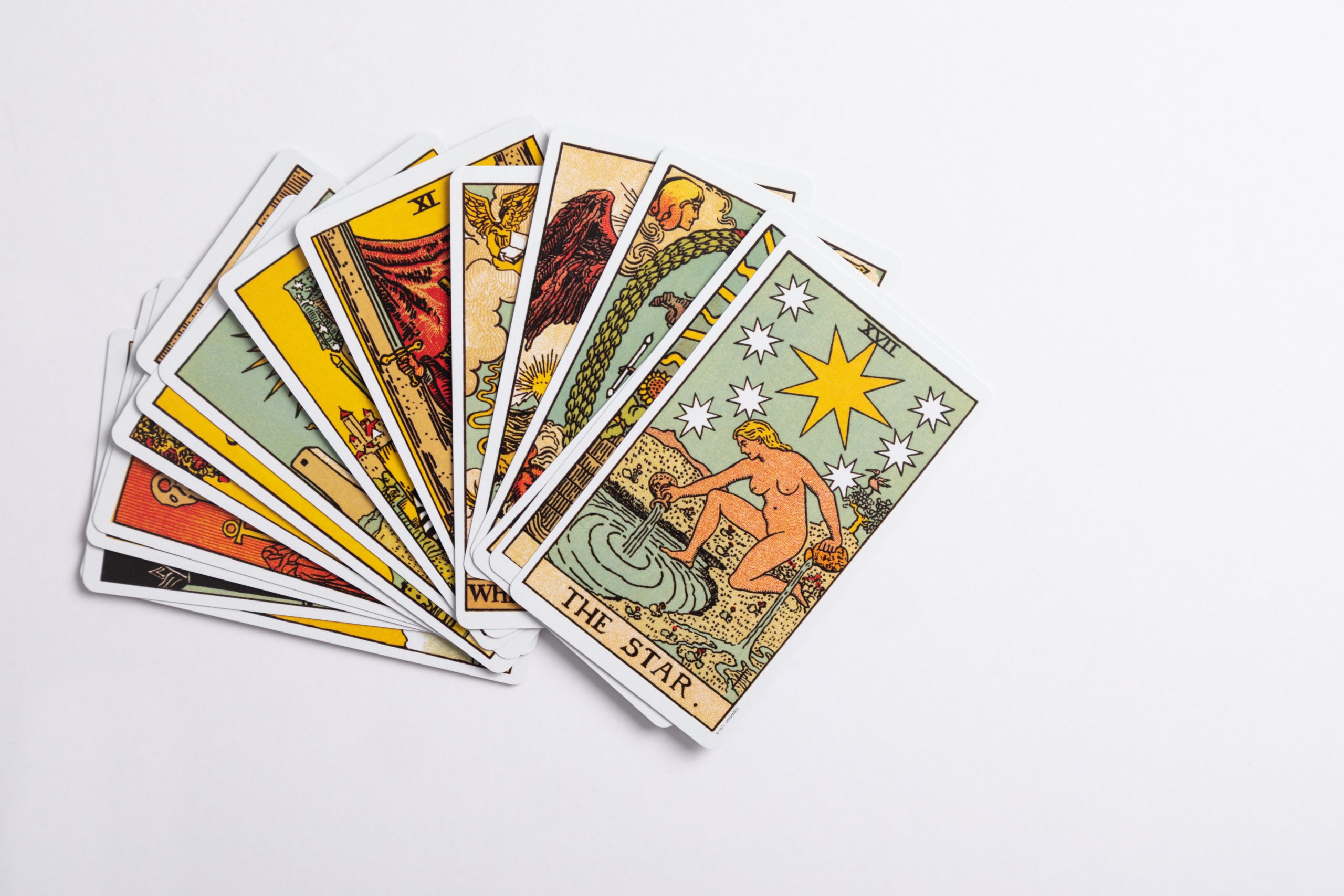What are Tarot Cards and What Are They Used For?
Tarot cards have been around for centuries, captivating people with their mystic allure and enchanting designs. These cards have a rich history and are said to hold the key to unlocking hidden truths about the past, present, and future. In this blog post, we will explore the origins of tarot cards, their symbolism, and their various uses in divination, personal growth, and spiritual guidance.
The Origins of Tarot Cards
The exact origin of tarot cards is shrouded in mystery. Some believe that they originated in ancient Egypt, while others suggest a connection to the ancient Chinese Book of Changes, also known as the I Ching. However, the most commonly accepted theory traces the origins of tarot cards to medieval Europe.
Initially, tarot cards were primarily used for playing card games, similar to modern-day playing cards. The earliest known tarot decks date back to the 15th century and were first seen in Italy. These decks, known as “tarocchi” or “tarocchini,” were beautifully illustrated and featured symbolic imagery.
It wasn’t until the 18th century that tarot cards started to gain popularity as tools for divination and fortune-telling. Creative thinkers of the time began to associate deeper meanings with the symbolic images on the cards, giving rise to a new form of esoteric practice.
The Structure of Tarot Cards
A standard tarot deck consists of 78 cards, divided into two main categories: the Major Arcana and the Minor Arcana.
The Major Arcana
The Major Arcana, also known as the trump cards, consists of 22 cards numbered from 0 to 21. Each card in the Major Arcana represents a significant life event or spiritual lesson. These cards often depict archetypal figures such as The Fool, The Magician, The High Priestess, and The Death card.
When the Major Arcana cards appear in a reading, they indicate significant life changes, spiritual growth, or lessons that need to be learned. These cards hold immense power and are often seen as a reflection of the collective unconscious.
The Minor Arcana
The Minor Arcana comprises the remaining 56 cards in a tarot deck. It is further divided into four suits, similar to playing cards: Wands, Cups, Swords, and Pentacles (or Coins). Each suit consists of ten numbered cards (Ace to Ten) and four court cards (Page, Knight, Queen, and King).
Unlike the Major Arcana, which represents universal themes, the Minor Arcana reflects more practical aspects of life, such as relationships, work, and emotions. These cards provide additional details and nuances in a tarot reading.
Interpreting Tarot Cards
Interpreting tarot cards is an art that requires intuition, insight, and a connection to the cards’ symbolism. There are numerous approaches and techniques when it comes to reading tarot cards, and each reader may have their preferred method.
Here are some common ways to interpret tarot cards:
1. Intuitive Reading
An intuitive reading involves trusting your instincts and relying on your intuition to understand the cards’ meanings. It involves looking at the imagery, making connections, and allowing your subconscious to guide your interpretation.
2. Symbolic Analysis
Symbolic analysis involves delving deep into the symbols and imagery on the cards. It requires knowledge of the traditional meanings associated with each card as well as the ability to decipher the hidden messages conveyed through the artwork.
3. Spread Interpretation
Many tarot readers use spreads, which are specific patterns in which the cards are laid out. Each position in the spread represents a different aspect of a question or situation. Interpreting the cards in relation to their position in the spread provides a more nuanced understanding of the reading.
Uses of Tarot Cards
Tarot cards are used for various purposes, including:
1. Divination
Divination is perhaps the most well-known use of tarot cards. Individuals seek guidance and insights into their lives by asking specific questions and interpreting the cards’ responses. Tarot readings can provide clarity, inspiration, and direction, helping individuals navigate through challenges and make informed decisions.
2. Self-Reflection and Personal Growth
Tarot cards can serve as powerful tools for self-reflection and personal growth. By exploring the messages the cards have to offer, individuals can gain deeper insight into their emotions, thoughts, and behaviors. Tarot readings can aid in identifying patterns, discovering hidden strengths, and uncovering areas for personal development.
3. Spiritual Guidance
For many, tarot cards serve as a means of connecting with the divine, the universe, or a higher power. Tarot readings can offer spiritual guidance and support, helping individuals align with their spiritual journey, find a sense of purpose, and deepen their connection to something greater than themselves.
4. Creative Inspiration
The rich symbolism and imagery of tarot cards can spark creative inspiration. Artists, writers, and storytellers often use tarot cards as prompts to ignite ideas and explore new narratives. The cards can serve as a gateway to imagination, unlocking fresh perspectives and enhancing creativity.
Conclusion
Tarot cards are captivating tools that go beyond a mere deck of cards. Their intricate symbolism and centuries-old wisdom offer a unique glimpse into the mysteries of the human experience. Whether used for divination, personal growth, or spiritual guidance, tarot cards have the power to illuminate, inspire, and transform. They hold the mirror that reflects our imagination, intuition, and deepest desires. The next time you encounter a tarot deck, take a moment to appreciate the intricate beauty and profound potential that lies within those enchanting cards.
Table of Contents
